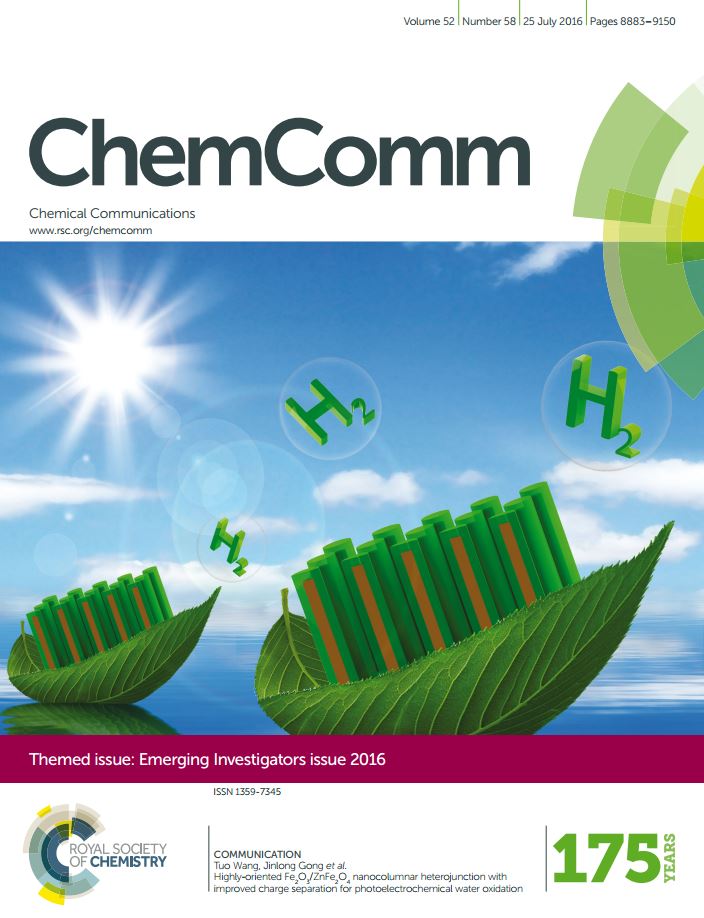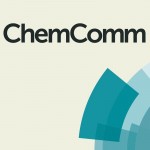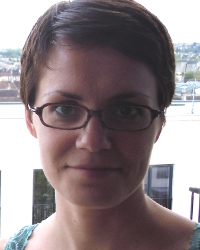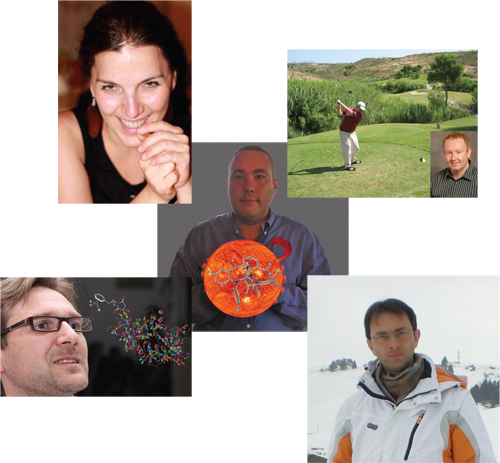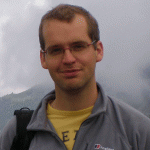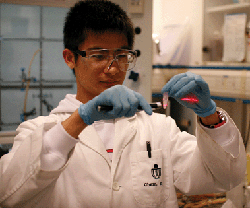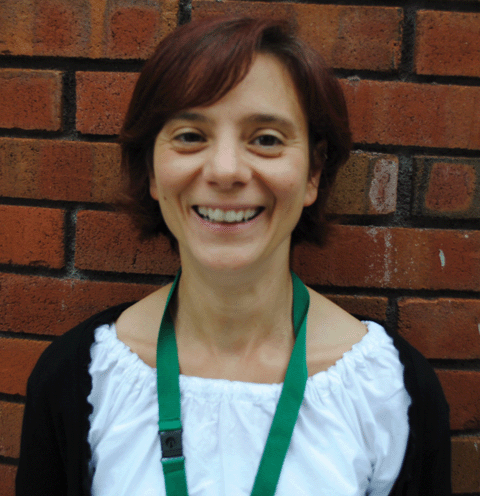ChemComm is publishing its 60th volume in 2024. Over the past 60 years, ChemComm has been the RSC’s most cited journal, and one of the most trusted venues for rapid publication of short communications. In our anniversary year, we recognise the important contributions ChemComm has made, and continues to make, in advancing the chemical sciences.
As part of our anniversary celebrations, we’ve brought together a collection featuring the latest research from some of our most loyal and dedicated authors. From those marking the beginning of their independent academic career by publishing their first article with us, to the rising stars and established leaders publishing in our yearly ‘Emerging Investigators’ and ‘Pioneering Investigators’ collections, this collection champions the contributions of our worldwide author community. We are proud many authors choose to support our journal by regularly publishing their best work with us. This collection also features papers from our ChemComm Emerging Investigator Lectureship winners, and our Outstanding Reviewer awardees, whose invaluable feedback has shaped our published content through the years.
To accompany the collection, we’ll be publishing interviews with contributing authors where they provide further insight into their research and reflect on their journey with ChemComm.
For the first of these interviews, we caught up with Professor Youhei Takeda (Osaka University). Read the full interview below!
How have you seen ChemComm evolve over the years, and what aspects do you find most noteworthy?
I believe that ChemComm has always been a source of cutting-edge research in the field of chemistry, continually inspiring researchers. The most noteworthy aspect is its publication of pioneering research.
What is your favourite thing about ChemComm?
The process from submission to publication is handled very professionally and swiftly.
In what ways do you think ChemComm stands out among other journals in your field?
The journal provides an approach that is attentive to the needs of the authors.
How would you describe the peer review process and interaction with the editorial team at ChemComm?
The peer review process at ChemComm is quick and scientifically fair, which helps maintain the quality of the journal. Additionally, the editorial team does its best to smooth the process from paper acceptance to publication.
Are there ways in which the journal can further support and engage with future generations of scientists?
Of course, there are ways. To support the next generation of scientists, ChemComm could feature early-stage researchers, such as doctoral students and postdocs, who have published papers in the journal, in its articles.
Could you provide a brief summary of your recent ChemComm publication?
The recent paper I published in ChemComm discusses the development of luminescent π-conjugated molecules with an electron donor-acceptor-donor structure, which demonstrate good dispersibility in water. By utilizing this dispersibility, dispersion of the luminophore into hydrophilic polymers is also possible, and we were able to demonstrate humidity-responsive changes in the emission color in the thin films produced from the fabrication process.
In your opinion, what are the next steps or potential areas of research that could build upon the findings in this paper?
I believe that by further improving dispersibility in water and luminescence efficiency, it would be possible to apply the findings to humidity-responsive sensors and highly sensitive bioimaging within cells.
Be sure to read Youhei’s Open Access Communication, “Water-dispersible donor–acceptor–donor π-conjugated bolaamphiphiles enabling a humidity-responsive luminescence color change” to learn more!













